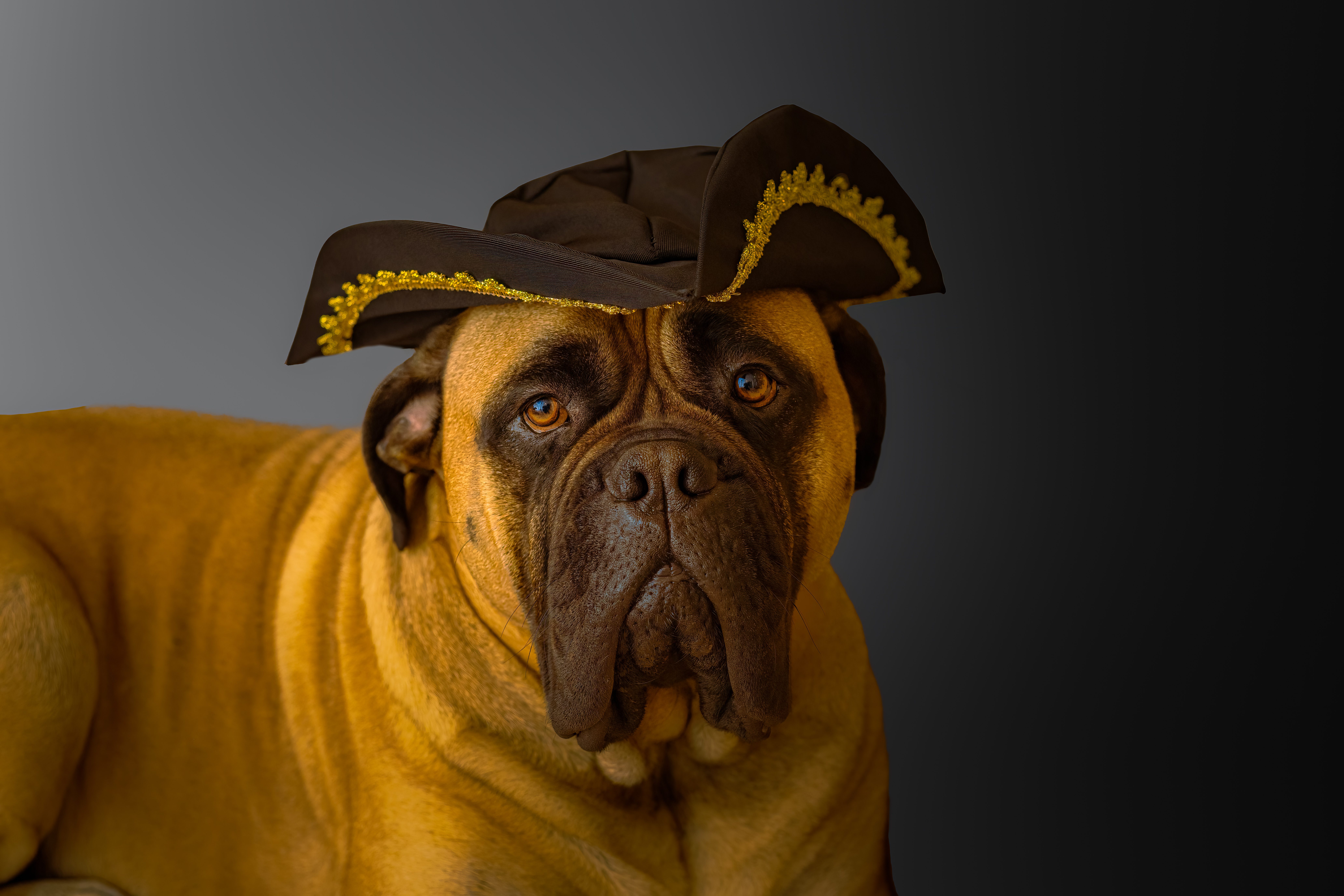Pets Favored by American Founding Fathers
American founding fathers loved their country. Often portrayed as stoic and serious, the Founding Fathers were animal lovers who were known to have pets. These historical pets may not be household names, but they are noteworthy in their own right. Here’s a look at some of the early White House pets who earned their own place in history along with the American founding fathers.
George Washington’s Pets
George Washington was a dog lover, and he kept many dogs over the course of his life. As a child, he had a Newfoundland named “Sampson.” As an adult, he owned and bred many types of dogs, including foxhounds, two of which were named Tiger and Fox. Still others were called Tipsy, Tippler, Taster, and Drunkard. The American Kennel Club notes that Washington helped develop the American Foxhound breed! Washington also had a dalmatian known as “Madame Moose.”
Thomas Jefferson’s Pets
Thomas Jefferson was known as a man who valued his privacy, however, he kept many pets during his lifetime. For instance, he had a number of pet mockingbirds during his time as president. Jefferson had three dogs including a terrier named Sweet Lips, and a Newfoundland named New Purchase. Jefferson also had a cat named Dick, and two other dogs, one named Democracy, and the other named Jeff after his son.
Jefferson also owned a pair of grizzly bear cubs, given to him as a gift by a soldier and explorer named Zebulon Pike. As the cubs grew, they were kept in an enclosure on the White House lawn. After a few months, the bears were sent to live at Peale’s Museum. Jefferson also kept many different types of animals on his Monticello estate, including horses, sheep, and goats. Jefferson was an avid horse enthusiast, owning many thoroughbreds and other racehorses. One of his favorite horses was named Nelson, who won the Kentucky Derby in 1826. Jefferson was an early advocate of pet ID tags and publicly supported a law “requiring every dog to wear a collar.”
White House Pets
The first pets to actually live at the White House were dogs that belonged to John Adams and his wife, Abigail. Their names were Juno and Satan. Adams built the first stable at the White House for his horse Cleopatra. John Adams also loved cats and owned several throughout his life. One of these cats was named Tom Quartz, who was given to him by Abigail as a gift when she visited France during the Revolutionary War. John Adams also had a pet mockingbird that could say “God save the United States and John Adams.”
James Madison was fond of parakeets, which he kept in cages at his home. During his time as President, he and his wife Dolley Madison owned a parrot named Polly, who served as an informal greeter in the reception room of the White House. During the War of 1812, as the White House became a target for attack, Dolley Madison famously saved Polly along with the large iconic painting of George Washington that hangs in the East Room to this day.
Speaking of the East Room, President John Quincy Adams once kept an alligator in the then unfinished East Room of the White House. The amphibious beast was a gift to the President from Marquis de Lafayette on his 1825 tour of the United States. Legend has it that Adams delighted in surprising unsuspecting White House guests by taking them on a tour and then introducing them to his pet alligator.
Not every American Founding Father became president, but all played a significant role in our country’s infancy. Benjamin Franklin, an avid animal lover, was often depicted with his beloved cats, including one named Whiskers. Franklin served in France as ambassador to the court of Louis XVI and Marie Antoinette. He owned two pet goldfish named Goldy and Fishy. Franklin’s son William also had a large black Newfoundland dog that was notorious for running amok around Paris.
Another prominent American Founding Father, Alexander Hamilton, although not a president, made an indelible mark on our history. While there is no specific record of his pets, intriguing mentions of ‘Old Peggy’ appear in various texts.
In one such reference, in the book titled “The Intimate Life of Alexander Hamilton,” a fascinating footnote recounts Hamilton’s payment of $20 on May 2, 1709, for a “fowling-piece and ‘old Peggy (presumably a dog).” Speculation surrounds this curious mention, with some wondering if “Old Peggy” might have been a nickname, possibly alluding to his sister-in-law, Margarita “Peggy” Schuyler, rather than a pet. Regardless of this mystery, as fellow animal lovers, we can appreciate the sentiment that Alexander Hamilton may have cherished animals just as much as we did his other endeavors in shaping our history!


